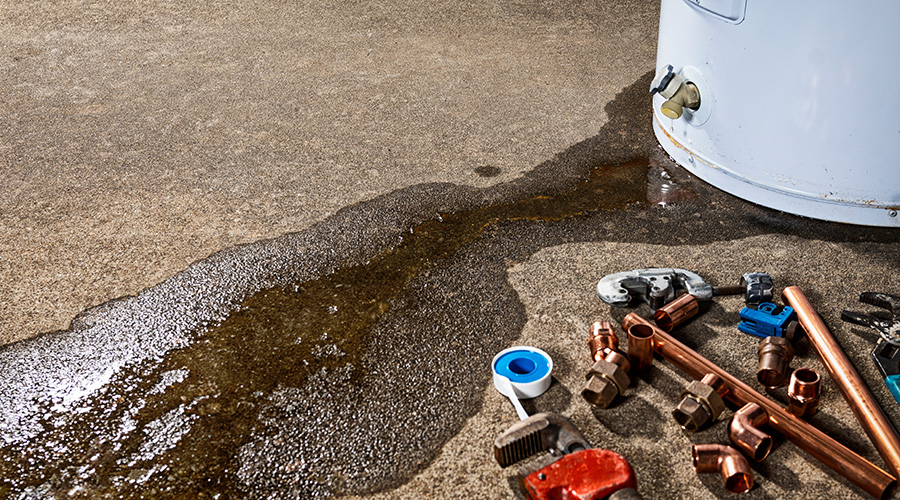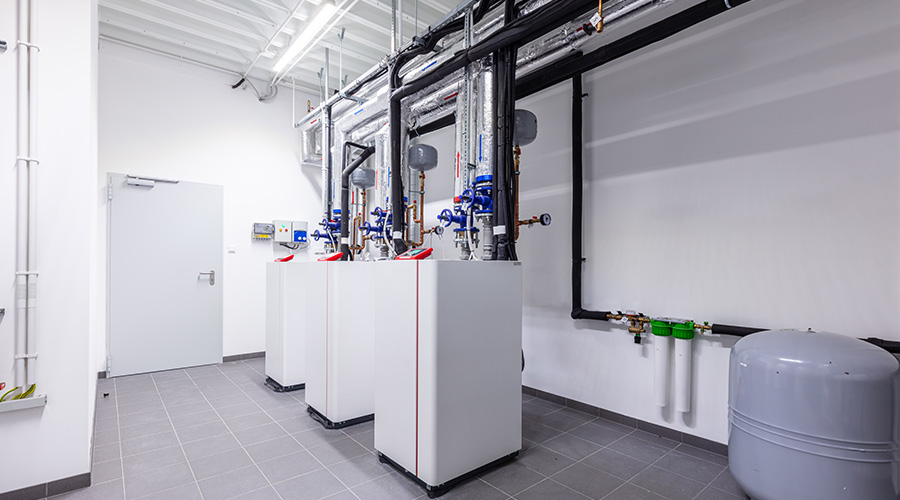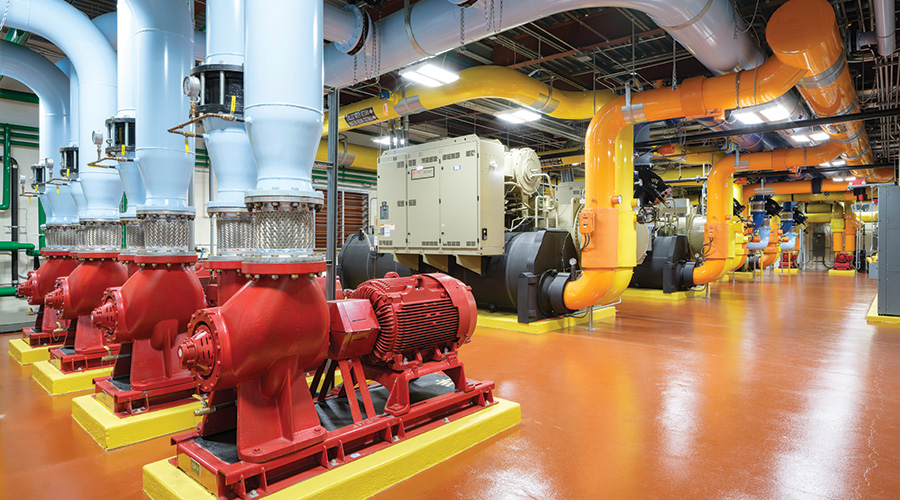Demand-Response Programs Help Lower HVAC System Costs
Part 2 of a 3 part article on overlooked advances in HVAC products and technology
By understanding the way utilities calculate facility energy bills, managers can determine the amount of demand charges they should consider. In these cases, managers should consider measures that reduce demand, such as demand-response programs.
One measure managers often overlook in facilities that pay high demand charges is installing power-factor-correction equipment on main incoming power feeds. Facilities that operate with large pumps, compressors, fans, and similar reactive power equipment suffer from a deficient power factor (PF) in the use of their electricity. This situation can strain power-delivery equipment, resulting in the inefficient use of the power and costly PF utility charges.
Capacitors are one options managers can consider to improve PF. These assemblies employ integrally protected capacitors and are intended for indoor use unless otherwise indicated.
In central energy plants, managers also can consider thermal energy storage to reduce peak demand. Types of thermal energy storage include solar energy, ice-storage systems, battery storage, and heat storage. The drawback of these applications is that they require a great deal of space to be effective. By combining these systems with energy production, which does not provide a consistent energy output, a manager can reduce these inconsistencies.
Related Topics:














